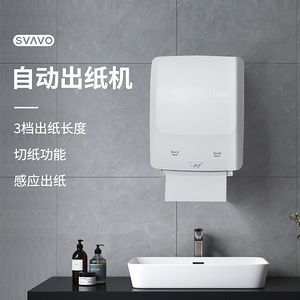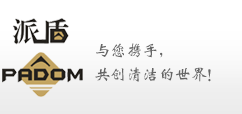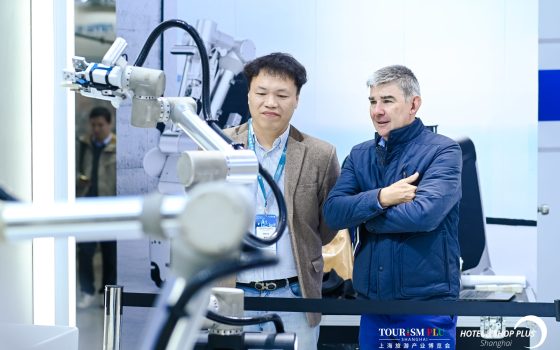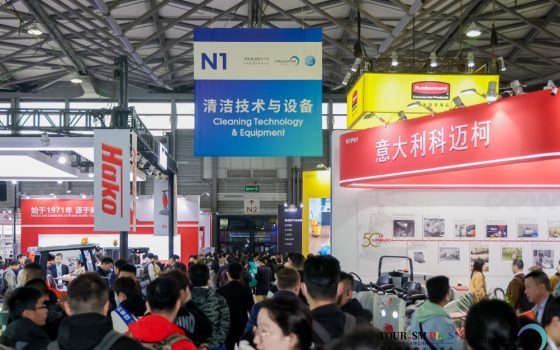DOE again reports slow improvement in LED downlights
The US Department of Energy (DOE) has issued a new Caliper Snapshot on LED downlights that documents mean efficacy improvement of only 1 lm/W in the past 15 months, although manufacturers have been improving light quality with a rise in the typical CRI of such products. In funding news, the DOE announced eleven new research and development (R&D) grants — ten in the Small Business Innovation Research (SBIR) program and one in the Small Business Technology Transfer (STTR) program that both target critical advances in solid-state lighting (SSL).
Interested in articles & announcements on DOE reports, LED and lighting regulations & standards?
Downlight performance
The DOE issued a Snapshot reports on LED downlights just over a year ago. And we would not have expected another such report so soon. But clearly the agency is concerned that energy efficiency gains have stalled out in the downlight sector. The 1-lm/W gain over 15 months compares to a 7-lm/W gain for troffers, a 13-lm/W gain for industrial luminaires, a 10-lm/W gain for linear luminaires, a 10-lm/W gain for wallwashers, and a 5-lm/W gain for decorative lighting over the same period. Moreover, mean downlight efficacy is 69 lm/W whereas many of the other products mentioned are near or over 100 lm/W in mean efficacy. The DOE mines such data for Snapshot reports from the specifications entered for luminaires in the Lighting Facts database.
There is no apparent sure reason why SSL manufacturers aren’t delivering commensurate efficacy gains relative to the broad LED lighting sector. The DOE has suggested that downlights were the first indoor sector in which LED sources were quick to surpass legacy sources in light output and quality based on the directional nature of the sources and the application. And manufacturers have likely focused more on cost reduction than on pushing efficacy.
But the DOE did voice concerns that go beyond a missed opportunity to conserve energy. The report pointed out that improved efficacy in LED sources can simplify thermal management, which in turns enables more flexibility in design and form factor. Those factors can potentially result in cost reduction as well.
The good news in the downlight sector is that the DOE says there are designs for most every whim of a lighting designer/specifier in terms of size, look, and style. There are 4633 LED downlights in the Lighting Facts database. The DOE report states that there are a higher percentage of products with a CRI over 90 in the downlight sector than any other sector covered by Lighting Facts. And 96% of the products have a CRI over 80.
The DOE has issued a number of such Snapshot reports in recent years, including a report on troffers early this year. And there was a Snapshot report focused on outdoor area lighting last fall.
">Recommended Products
B-043B 60L Down-press Single Mop Trolley
Inquiry Guangzhou Haotian Cleaning Equipment Technology Co., Ltd.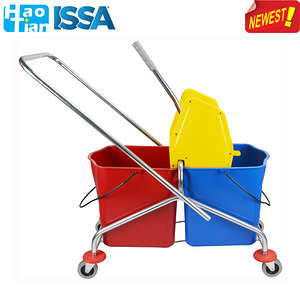
B-046E 36L Down-press Single Mop Trolley
Inquiry Guangzhou Haotian Cleaning Equipment Technology Co., Ltd.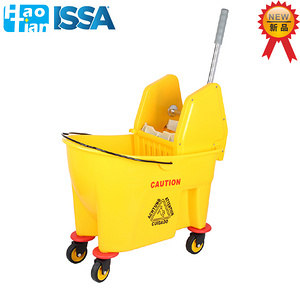
Warehouse Used Multifunctional Automatic Electric Floor Scrubber (X7)
Inquiry Nantong Weizhuo Enviromental Protection Equipment Co., Ltd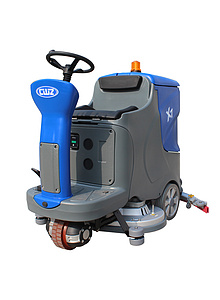
RD660B automatic ride on floor scrubber floor cleaning machine
Inquiry Suzhou Magnificent Cleaning Equipment Co.,Ltd.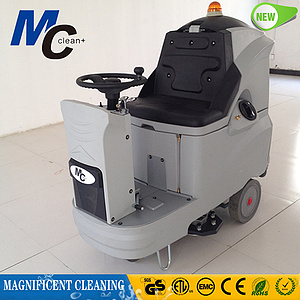
MC C660 battery powerd floor scrubber floor cleaning machine with dual brushes
Inquiry Suzhou Magnificent Cleaning Equipment Co.,Ltd.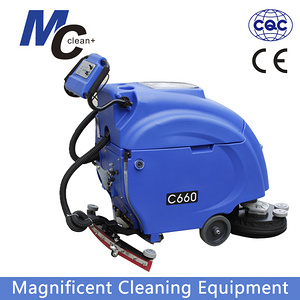
MC C510 good price industrial floor cleaning machine, mini floor scrubber dryer
Inquiry Suzhou Magnificent Cleaning Equipment Co.,Ltd.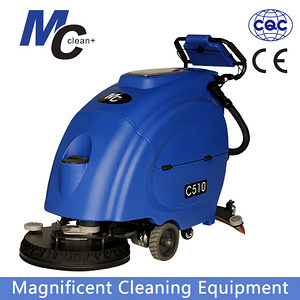

SVAVO Auto Cut Paper Towel Dispenser PL-151064
Inquiry SHENZHEN SVAVO INTELLIGENT TECHNOLOGY CO.,LTD